Contents
Many housewives want to keep the tomato harvested in the fall for as long as possible in winter in order to have fresh vegetables for the table. And this is understandable, because purchased tomatoes are not as tasty as homemade ones, and their cost in winter is very high. Late tomatoes are best suited for storage and preservation, which need to be allocated at least 20% of the beds on the home plot.
Features of late-ripening varieties
All tomatoes ripening after 120 days are late varieties. Many crops of this ripening period begin to bear ripe fruits in the range from 120 to 130 days. Such tomatoes include, for example, varieties “Bullheart” and “Titan”. However, there are even later cultures, in which fruiting occurs in the period from 140 to 160 days. These late-ripening tomato varieties include “Giraffe”. Ripened late vegetable is considered the most delicious. This is due to the fact that the culture is thermophilic, and the period of its ripening just falls on the sunniest days. On open ground, late varieties are grown in the south, where they have time to give the entire crop. In the northern regions, only greenhouse planting is possible.
According to the classification, late varieties of tomatoes are most often found in the indeterminate group. Tall plants grow from 1,5 to 2 m in height in open ground. In greenhouses, the height of bushes of some varieties can reach 4 m. Such tomatoes include, for example, the De Barao variety. In industrial large greenhouses, the Sprut tomato tree is grown. Its growth, in general, is unlimited, and up to 1500 kg of fruits can be obtained from a bush. However, not all late tomatoes are tall. There are determinant varieties, for example, the same “Titan”. The bush grows up to 40 cm in height.
Seedlings of late tomatoes are planted on open soil from mid-summer, in the midst of hot days. At the time of planting, the plants should form a strong root system for better survival. Many summer residents plant late tomatoes in the garden after harvesting early vegetables or herbs. For greenhouse cultivation of crops in April, sowing seeds for seedlings begins in February, and for open ground – from late February to May 10.
Overview of varieties and hybrids of late tomatoes
Late varieties and hybrids are characterized by a gradual return of the crop and a long growing season. Late crops lag behind mid-ripening tomatoes by about 10 days.
Wonder of the world

The structure of the bush in height resembles a liana. The stem of the plant stretches up to 3 m. The crown is covered with beautiful lemon-shaped yellow fruits. Tomatoes in brushes are tied in 20-40 pieces. One vegetable weighs from 70 to 100 g. The largest brushes are formed on the lower part of the plant. You can start picking ripe tomatoes from July. The culture is able to bear fruit before the onset of the first frost. One plant brings 12 kg of fruit, which can be used for any purpose.
Cosmonaut Volkov
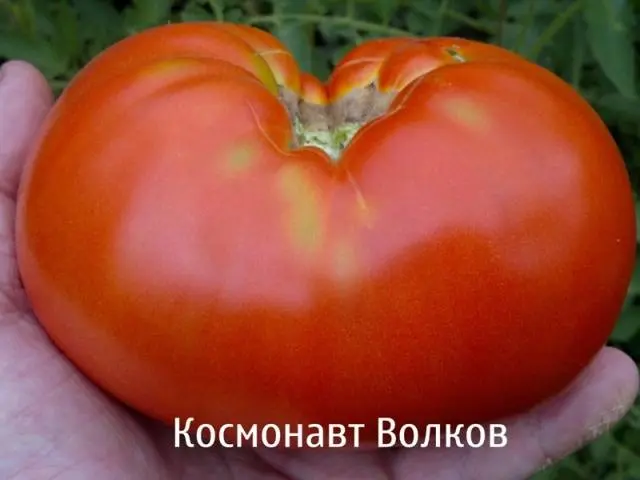
The salad direction variety successfully bears fruit in open and closed beds. After 4 months, ripe tomatoes can be plucked from the plant. The culture is characterized by a powerful, not very sprawling bush 2 m in height. Extra shoots must be removed from the plant, and the stems themselves are fixed to the support. No more than 3 tomatoes are tied in the brushes, but they are all large, weighing up to 300 g. A distinctive feature of the vegetable is the presence of weak ribbing.
Bull’s Heart

Loved by many housewives, the late heart-shaped tomato is grown in open and closed conditions. The stems grow 1,5 m in height, in a greenhouse microclimate they can stretch up to 1,7 m. The variety has 4 subspecies that differ in the color of the fruit: black, yellow, pink and red. Tomatoes on a bush grow in different sizes, weighing from 100 to 400 g. The vegetable is used for processing or simply eaten fresh.
Long Keeper
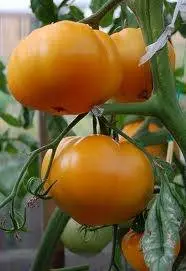
The super-late variety will bear fruits that the owner will not have time to taste before the onset of frost. Tomatoes are plucked from the bush in an unripe form and sent to the basement for storage. At best, several fruits of the lower tier can ripen on the plant. The bush is not too tall up to 1,5 m in height. Tomatoes weigh about 150 g at the time of harvest. As they ripen in the cellar, the flesh becomes red, and an orange tint predominates on the skin itself.
De Barao
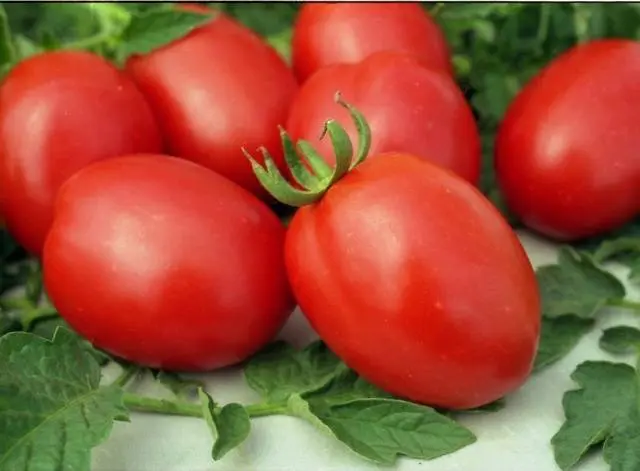
The variety has long been known and common among many gardeners. On the street, the plant is usually limited to a two-meter stem growth, and in a greenhouse it stretches up to 4 m. Tomatoes ripen no earlier than after 130 days. Long stems, as they grow, require fastening to the trellis, break off excess shoots. Despite the overall bush, the tomatoes are tied small, weighing up to 75 g. It is good to grow a vegetable for commercial purposes because of the ability not to lose its presentation during storage and transportation.
Titanium
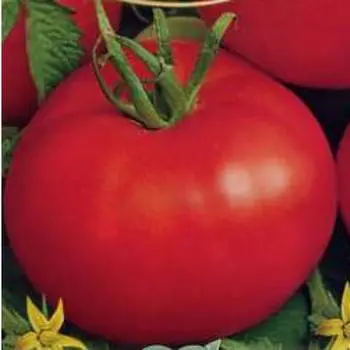
The low-growing tomato is recommended for cultivation in the open way. A stable, strong plant does without a garter, which greatly simplifies its care. Tomatoes of a typical round shape weigh 140 g. The popularity of the culture brought stable and abundant fruiting under any conditions. The variety is very well suited to owners who rarely appear in the country. A ripened vegetable is able to stay on the plant for a long time without deteriorating its presentation and taste. If the hostess needs tomatoes for storage, the Titan variety will satisfy all expectations. Even an overripe fruit does not have the ability to crack and flow.
Lady
The greenhouse culture has a developed bush up to 2 m high. The stems must be fixed to the trellis. The ripening of the first tomatoes begins no earlier than 140 days later. The traditional round shape fruits ripen slowly and unfriendly. The flesh of the tomato is yellow with a pronounced orange tint. The variety is ideal for housewives involved in laying vegetables for long-term winter storage.
However, this is possible only in the southern regions, and the plant requires mandatory feeding with superphosphate.
Newcomer

The plant is stunted, so its cultivation is justified in open areas of warm areas. The stem grows low, about 50 cm. It does not require a mandatory garter, occasionally it can be fixed to a peg so that the plant does not fall to the ground under the weight of tomatoes. The culture is suitable for quick harvesting, as the fruits ripen together all at once. The ovary is formed by brushes of 6 tomatoes. A ripe vegetable is easily separated from the stem. Despite the small size of the plant, you can collect up to 6 kg of tomatoes per season from it.
lover’s dream
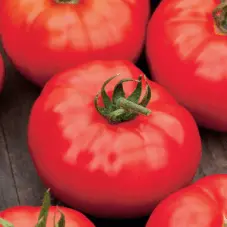
The culture has a standard return period of the first ripe fruits after 120 days. The main stem of the plant usually grows 1 m in height, sometimes stretches up to 1,5 m. The plant is fixed in a greenhouse to a trellis or outdoors to stakes. Delicious red tomatoes will appeal to lovers of large vegetables. The average weight of the fetus reaches 2 kg. Despite the salad direction, a plucked tomato can be stored without loss of taste.
Sabelka
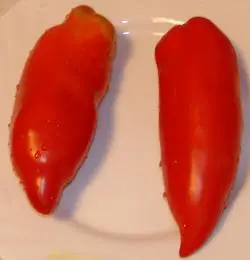
The shape of a ripe tomato is a bit similar to bell pepper. Elongated fruits turn red after 130 days. The stem of the plant extends from 1,5 m and above. Abundant fruiting is observed in greenhouse cultivation, but also in the garden gives good results. By weight, tomatoes are different from 150 to 250 g. The vegetable is able to be stored without loss of presentation, goes for whole preservation in jars.
Mikado
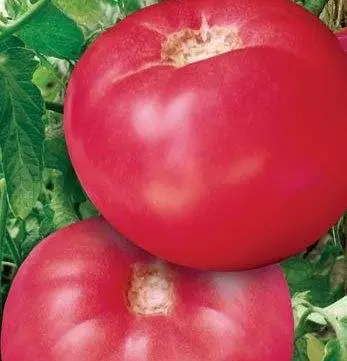
A versatile variety for growing in a garden or in a greenhouse will bring a crop in 120 days. The stem of the plant is able to stretch above 2,5 m, therefore, to limit its growth, the top is sometimes pinched. The flesh of the tomato combines red and pink hue, which eventually forms a beautiful color. A ripe vegetable is quite large. On the bush there are specimens weighing from 300 to 500 g. Tomatoes can be stored for a long time, they are used for salads and processing.
Creme brulee
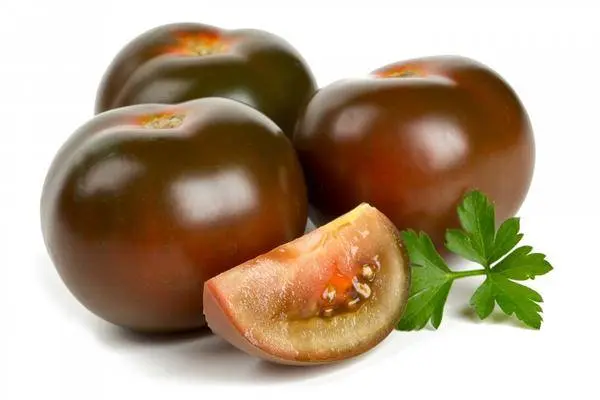
The variety is more adapted for greenhouse cultivation. After about 120 days, the fruits on the bush turn purple, which determines their full ripeness. Tomatoes will appeal to lovers of large-fruited varieties, since the mass of one specimen reaches 400 g. The plant grows up to 1,5 m in height, it requires the removal of shoots and fixing the stem to a support. Delicious sweet-sour tomatoes, due to their large dimensions, are not suitable for whole canning.
Paul Robeson
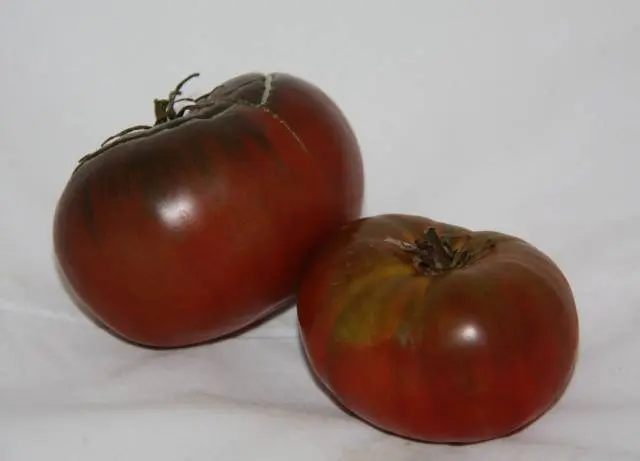
A garden or any greenhouse can serve as a place for growing crops. Fruit maturity occurs after 130 days. The bush grows quite tall with a main stem length of 1,5 m. Ripe tomatoes acquire a beautiful dark brown color like chocolate. The minimum fruit weight is 150 g, and the maximum is 400 g. Delicious sweet tomatoes have one drawback – they are poorly stored.
Brown sugar

Dark brown almost black tomato ripens after 130 days. The culture grows in the greenhouse and on the street. With a closed method of growing, the stem grows much longer. The plant needs care, which involves the constant removal of shoots and fixing the stem to the support. Small tomatoes are poured, weighing up to 110 g. The black vegetable is tasty, but cannot be stored for a long time.
yellow icicle
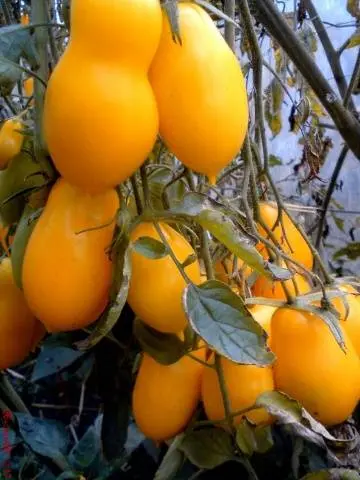
The grade is adapted under the closed type of cultivation. In extreme cases, the culture will take root under a temporary shelter from the film. When forming 1 or 2 stems, the bush grows up to 1 m in height. Already by the name of the variety, it can be determined that the fruits will grow in an elongated yellow shape. The mass of a mature tomato reaches 100 g. The vegetable is used for conservation, storage and any kind of processing.
Rio grand
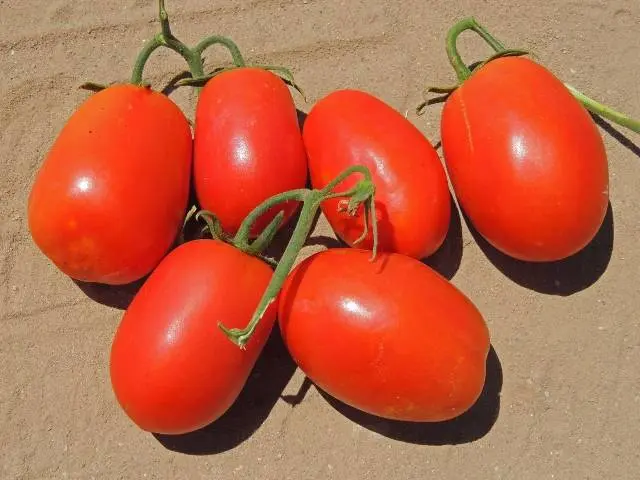
The variety will appeal to lovers of red plum tomatoes. After 120 days, ready-to-eat fruits weighing up to 140 g can be plucked from the bush. Many gardeners fell in love with the variety because of the endurance of aggressive weather conditions, unpretentiousness in care, and the presence of strong immunity to viruses and rot. The harvested crop is able to be stored, transported, goes for conservation, in general, a versatile vegetable.
New Year

Under this variety, it is not worth allocating a lot of space. It is enough to plant 3 plants on the site to assess the quality of the fruit. Picked tomatoes can be stored for up to 7 weeks, which indicates their big plus. The culture is able to bear fruit on poor soil. Fertilizing with nitrogen-containing fertilizers is optional, but potassium and phosphorus will need to be added even before the start of the ovary. Under normal conditions, the bush will bring up to 6 kg of tomatoes, under poor conditions, the yield will decrease.
Australian

The culture is adapted for greenhouse cultivation. The stem of an indeterminate plant extends up to 2 m in height. Extra shoots are removed from the plant so that a bush of 1 or 2 stems is formed. Red tomatoes with a small amount of grains in the pulp weigh about 0,5 kg. The formation of a new ovary occurs throughout the growing season.
American Ribbed

The greenhouse microclimate creates all the conditions for the high growth of a bush up to 1,7 m. In the garden, a plant does not grow above 1 m. When removing shoots, it is allowed to form a bush with 2 or even 3 stems. If you want to grow large tomatoes, you need to leave only 1 stem per plant. The vegetable stands out for its unusual flattened shape with large wall ribs. The mass of the fetus can reach 0,6 kg. The tomato does not have special taste qualities, the yield is average, the only plus is the decorative effect of the fruit.
Andrew’s surprise
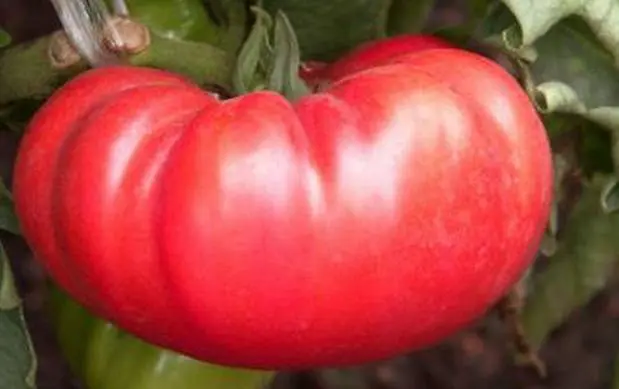
The plant has a powerful crown. The height of the main stem reaches 2 m. Flattened pink tomatoes grow large. The tender pulp of the vegetable will decorate any fresh vegetable salad. The disadvantage of the variety is a weak indicator of productivity with large dimensions of the bush. From 1 m2 you can take no more than 8 kg of tomatoes. The crop is suitable for growing in open and closed soil, although in the second method of growing the plant gives better results.
Eggplant
In the south, the culture can be grown in an open way, but greenhouse growth is preferable for the middle zone. A highly developed plant up to 2 m high is tied to a support. After formation, the bush may consist of 1 or 2 stems. Red elongated tomatoes grow large, weighing up to 400 g. To get fruits weighing up to 600 g, a bush is formed with 1 stem. Due to the large size, the tomato does not go for conservation.
Conclusion
The video provides an overview of the fruitful varieties of tomatoes:
It is worth noting that in terms of yield, almost all late varieties of tomato are slightly behind their mid-season counterparts. They simply do not have enough time for the full return of the harvest. In low-growing late-ripening crops, in general, the fruiting period is limited. When growing late tomatoes for yourself, you must give preference to varieties that meet certain requirements of the vegetable grower.









